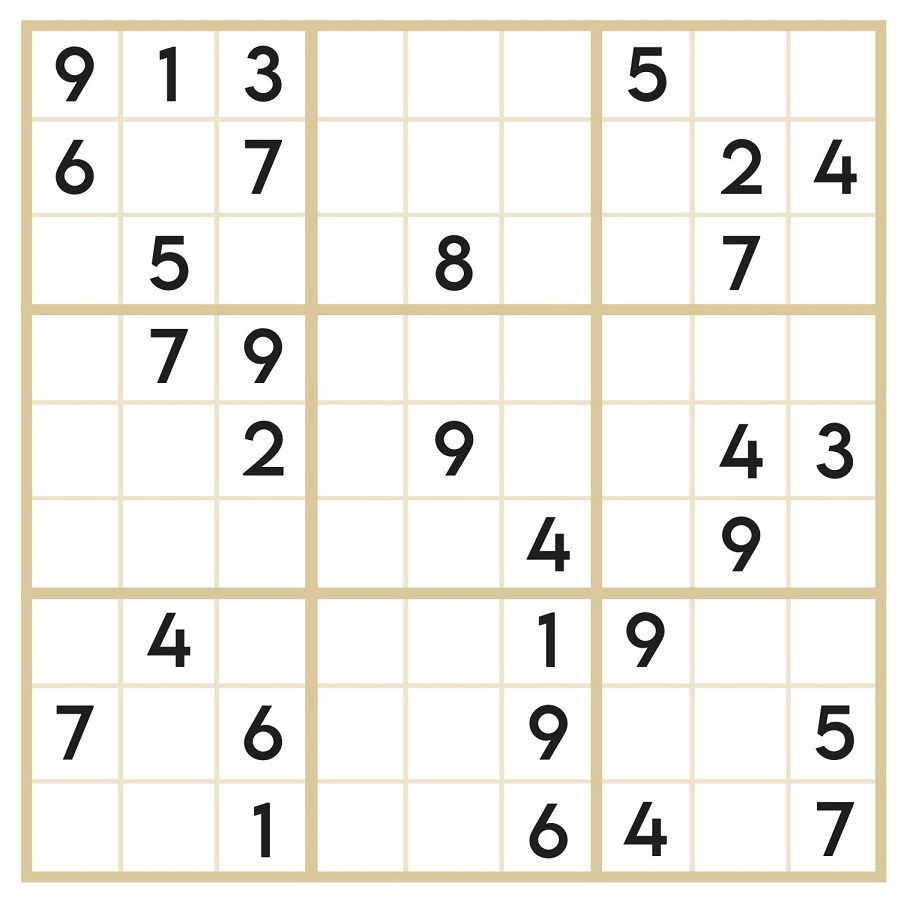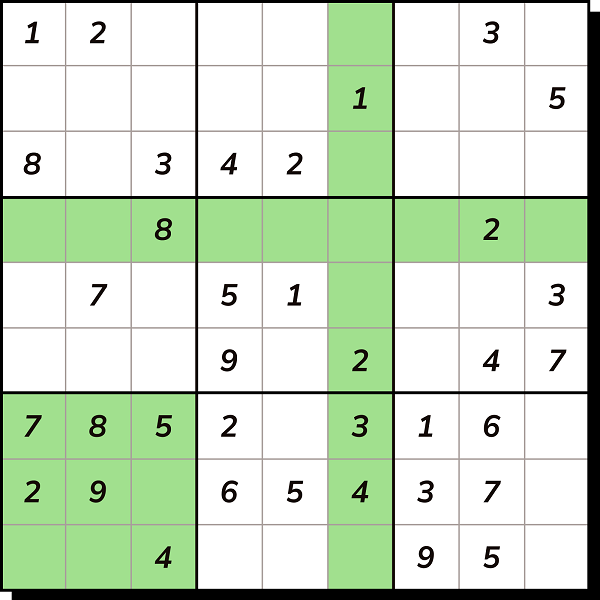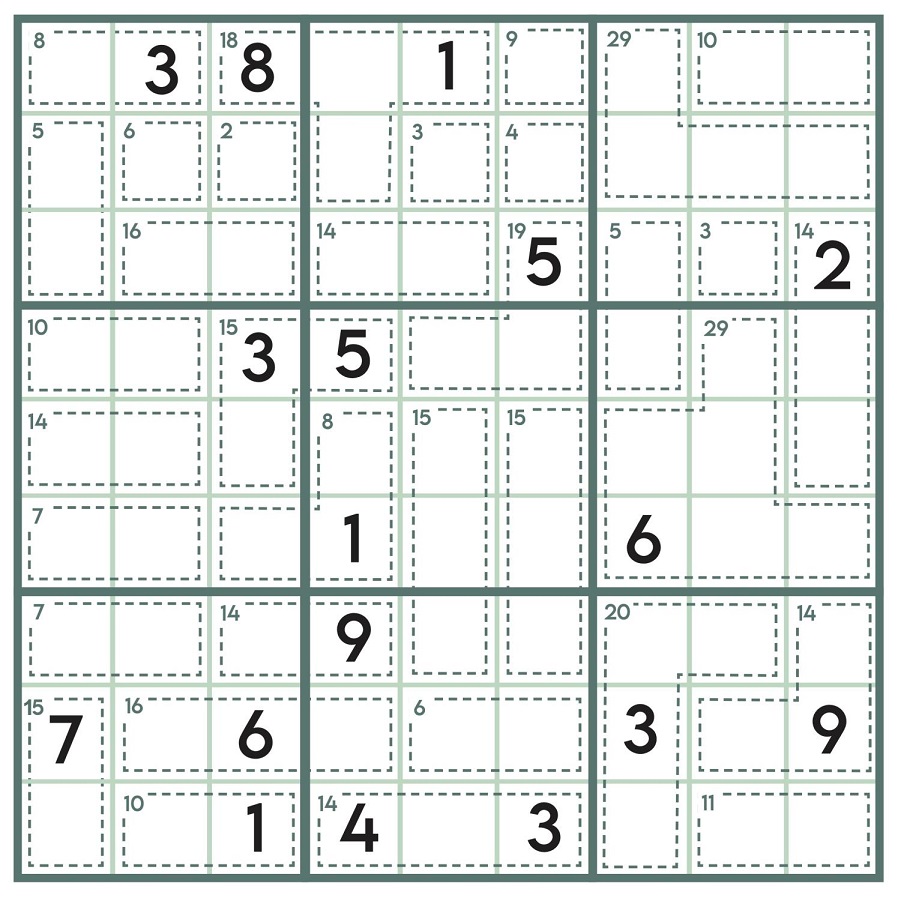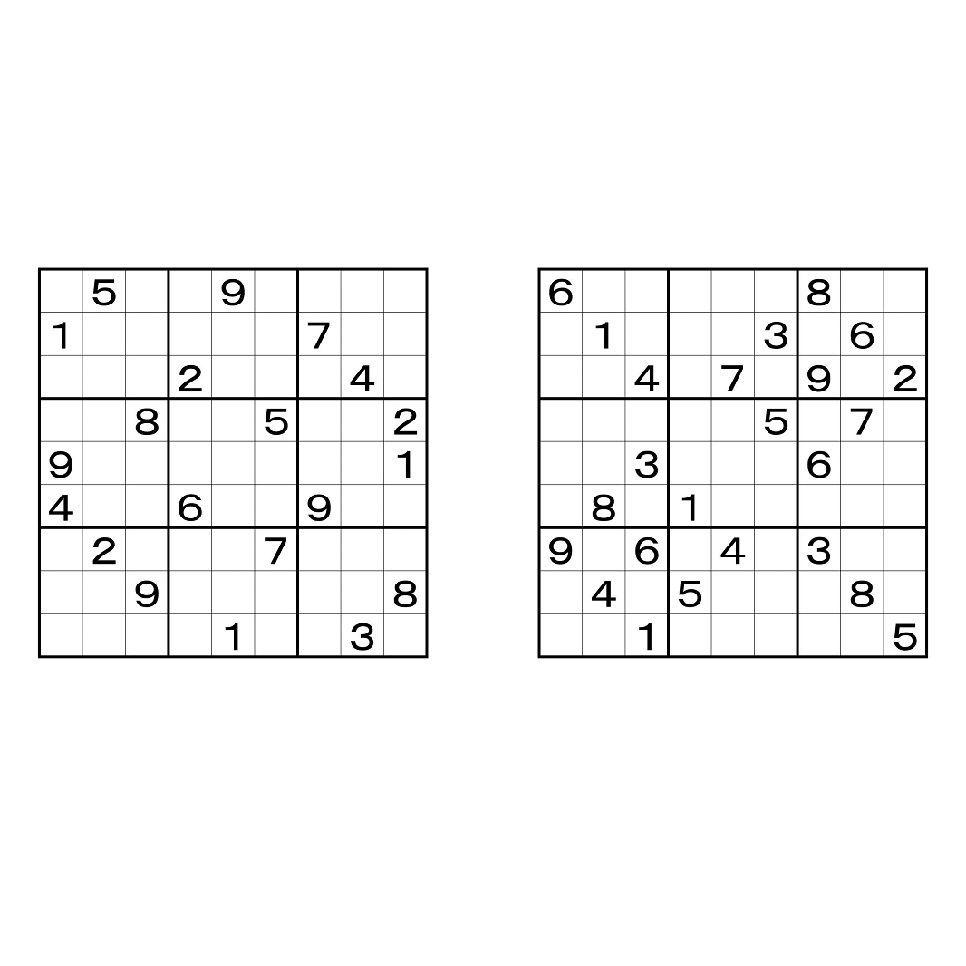The History and Popularity of Sudoku
The puzzle game Sudoku has a rich history that dates back centuries. It began as a numbers game in Switzerland and evolved in Japan. The name ‘Sudoku’ itself is Japanese, meaning ‘single number’. It wasn’t until the 21st century that Sudoku gained a global following. Newspapers started adding Sudoku puzzles to their games sections, and soon it became a daily habit for millions. The simplicity of the rules contributed to its mass appeal. The player needs to fill a 9×9 grid so that each column, row, and each of the nine 3×3 grids contains all the numbers from 1 to 9.
Its rise in popularity is also due to the mental challenge it offers. Sudoku has been linked to improved brain function, making it a favorite among all age groups. Whether as a casual pastime or competitive endeavor, Sudoku has a wide and dedicated fan base. Its digital version has made the game even more accessible. Now, players from across the globe compete online, sharing strategies and solving times. This increased accessibility has solidified Sudoku’s standing in the puzzle community as both a beloved hobby and a competitive sport. Its fascinating journey from a simple numbers game to an international phenomenon underscores the universal appeal of mental challenges.

Essential Sudoku Terms and Notations
To excel in Sudoku, understanding the game’s unique terms and notations is crucial. These concepts are the bricks on the path to becoming an adept player. Familiarize yourself with the following essentials:
Common Sudoku Terms
- Grid: The 9×9 playing area divided into smaller 3×3 boxes.
- Cell: A single square in the grid where you place a number.
- Block: One of the nine 3×3 areas that make up the grid.
- Row: Horizontal lines of cells where no number can repeat.
- Column: Vertical lines of cells with the same non-repetition rule as rows.
Understanding these basic terms is the first step in your Sudoku journey. They are the foundation of communication between players discussing strategy.
Sudoku Notations
- Candidates: Possible numbers that can fit in a particular cell.
- Pencil Marks: Small notes in cells indicating candidates before finalizing a number.
- Givens: Numbers already placed in the grid at the start of the game.
- Singles: A cell with only one possible candidate.
Notations are shorthand that experienced players use to track possibilities and narrow down choices. “Pencil Marks” can be literal if you’re playing on paper, or figurative in digital Sudoku. Singles are the low-hanging fruit you should always pick first.
By speaking Sudoku’s language and using its symbols, you’ll navigate puzzles with greater ease. Your next step is mastering the advanced techniques to solve challenging puzzles. Keep these terms and notations in mind as they form the backbone of many strategies.
Advanced Techniques for Solving Sudoku Puzzles
To take your Sudoku skills to the next level, you’ll need to master some advanced techniques. These strategies help crack even the toughest puzzles. Read on to discover methods that go beyond the basics of Sudoku solving.
Pattern Recognition and Analysis
Pattern recognition is a critical skill in Sudoku. Look for patterns in the numbers, such as which ones appear most often. Analyze the grid layout to identify where certain numbers might fit. Observing the interaction of rows, columns, and blocks is key to finding these patterns.
The X-Wing Strategy
The X-Wing strategy is a favorite among skilled players. It’s used when you have two possible cells for a number in two different rows or columns, and these cells line up. This formation allows you to eliminate other candidates in those rows or columns.
Swordfish and Jellyfish Techniques
These techniques are extensions of the X-Wing strategy. The Swordfish applies when you find the same potential number fitting into three rows or columns in a manner that forms a rectangle. Similarly, the Jellyfish technique involves four rows or columns. By spotting these patterns, you can deduce which numbers to exclude from certain cells.
XY-Wing and XYZ-Wing
The XY-Wing and XYZ-Wing techniques use the concept of pivot points, where a single cell connects two or more cells that can eliminate possibilities elsewhere on the grid. The XY-Wing focuses on three cells, while the XYZ-Wing involves three candidates and three cells. Learning to identify these wings can simplify complicated grids.
How to Approach Difficult Sudoku Grids
Navigating through challenging Sudoku puzzles can be daunting. But with refined strategies, even the most difficult grids become manageable.
Identifying Hidden Singles and Pairs
Begin by searching for hidden singles within the puzzle. A hidden single occurs when a number is the only candidate for a cell within a row, column, or block but isn’t obvious at first glance.
Locate hidden pairs next. These are pairs of numbers that appear only twice in a row, column, or block. All other candidates can be removed from those two cells, simplifying further steps.
Utilizing Naked Triples and Quads
Naked triples involve three cells in a row, column, or block, each containing the same three possible numbers. Once identified, you can remove these numbers from other cells in that region.
The naked quad strategy extends this concept to four cells and numbers. Spotting quads allows for the swift elimination of candidates, clearing the way for more straightforward deductions.
These techniques are invaluable when facing tough Sudoku grids and can lead to a satisfying resolution. Remember to apply these patterns with attention to detail, ensuring success in your puzzle-solving exploits.
Time Management Tips for Sudoku Competitions
When participating in Sudoku competitions, managing your time effectively is as important as employing the right strategies. Here are several tips to help you stay on track:
Prioritize Easy Sections First
Start with the easiest sections of the Sudoku grid. Quickly fill in the obvious numbers to gain momentum and save time for harder areas.
Limit Time on Difficult Spots
Set a time limit for each challenging area. If it takes too long, move on and return later to avoid wasting precious minutes.
Use Pencil Marks Wisely
Make brief, strategic pencil marks for candidates. This helps avoid confusion and speeds up the decision-making process later on.
Practice Regularly Under Timed Conditions
Train with a timer to simulate competition conditions. This practice helps increase speed and efficiency during actual competitive events.
Avoid Second-Guessing
Trust your first instinct unless you spot a clear mistake. Second-guessing can consume time and disrupt your solving rhythm.
Maintain a Steady Pace
Focus on solving at a consistent speed. A steady pace prevents rushing and the errors that can result from hurrying.
Familiarize Yourself with the Clock
Regularly check the time to stay aware of how much is left, which helps to allocate it wisely across the puzzle.
By incorporating these time management tips into your Sudoku practice, you’ll be better equipped to handle the pressure of competitive solving. Remember that efficiency is just as crucial as accuracy in a Sudoku competition.
Common Mistakes and How to Avoid Them
While solving sudoku puzzles, even seasoned solvers can stumble on common pitfalls. Here’s how to sidestep those errors:
Overlooking Singles
A common oversight is missing obvious singles, which can derail your game. Always double-check for any undiscovered singles before moving on to more complex strategies.
Misinterpreting Pencil Marks
Another mistake arises from incorrect or messy pencil marks. Keep your notations clear and revisit them often to confirm their accuracy.
Ignoring Completed Sets
Failing to notice completed rows, columns, or blocks might cause redundant checks. Once a set is filled, shift your focus elsewhere.
Rushing to Fill In Numbers
Haste leads to errors. Take your time to ensure each number is placed correctly.
Falling for False Patterns
Avoid jumping to conclusions based on incomplete patterns. Verify that every pattern leads to a logical placement.
Forgetting to Use Multiple Techniques
Don’t rely solely on one strategy. Alternate between different techniques to unlock new possibilities.
Neglecting to Review Your Moves
Regularly review your moves. This helps in catching mistakes early.
By being aware of these common sudoku errors and how to address them, you’ll enhance your solving technique and enjoy more success.
Resources for Practicing and Mastering Sudoku Skills
To become proficient at Sudoku, practice is essential. Here are resources and methods to hone your skills:
Online Sudoku Platforms
Many websites offer endless Sudoku puzzles of varying difficulties. Examples include Sudoku.com and Web Sudoku. You can start with simple puzzles and progress to more challenging ones.
Sudoku Mobile Apps
Apps like ‘Sudoku’ on the iOS store and ‘Sudoku – Classic Logic Puzzle Game’ on Google Play provide portable practice options. They often have tutorials and hints if you get stuck.
Sudoku Books and Magazines
Pick up Sudoku books or magazines at your local bookstore or library. They usually come graded by difficulty level, allowing you to work your way up.
Joining Sudoku Forums
Online communities like the Daily Sudoku forum are great for sharing tips and seeking advice. Communicate with other Sudoku enthusiasts and learn together.
Sudoku Competitions
Participate in competitions to challenge yourself and improve. Websites like the World Puzzle Federation offer contests for solvers of all levels.
By utilizing these resources, and practicing regularly, you will see your Sudoku skills improve. Remember to challenge yourself with harder puzzles as you get better. Happy solving!




